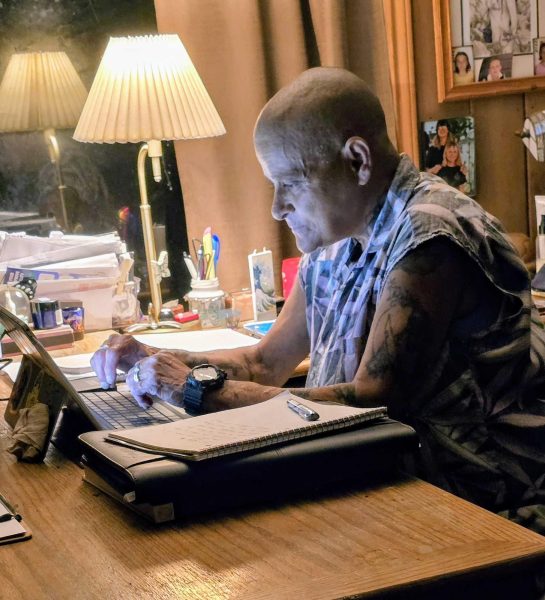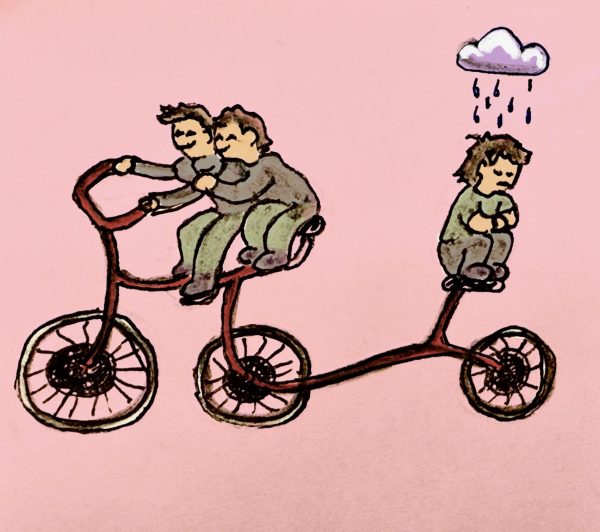All-gender restrooms: Why not?
November 14, 2015
Gendered restrooms are inherently misogynistic.
Women’s restrooms are often outnumbered by men’s restrooms. They are uncommon in old buildings like the Capitol, which historically had no women. The first female senators needed to use an elevator to find the nearest women’s restroom, but now that 20 percent of senators are female, they finally have convenient access to restrooms.
In newer buildings where men and women have equal access to restrooms, men still have the advantage. The women’s line is always longer than the men’s at stadiums, even though games generally attract more men.
Men get out of the restrooms quicker than women because urinals take much less space than toilet stalls, accommodating more people at once. Women also generally take longer.
The solution to this problem is to build one large restroom that is accessible to all.
I attended a liberal arts college where dorm residents voted to allow all genders to use the bathrooms; the goal was to make sure that everyone had easy access to a bathroom they were most comfortable with.
At the beginning of my freshman year, I was uncomfortable with the idea of all-gender restrooms, but it didn’t take long before I enjoyed the ability to hold a conversation with my female friends as we flossed, peed, and showered.
A common argument against allowing transgender women to use women’s restrooms is that predatory men would put on a wig and assault women in the restrooms. A woman was sexually assaulted in a De Anza restroom in fall 2013. But wouldn’t the possibility of men present dissuade an attacker?
As for the ick factor, being gross is inherently human. The gender of the person in the stall next to mine doesn’t matter.
De Anza already has several all-gender restrooms spread throughout campus. I hope to see more in the future.
























